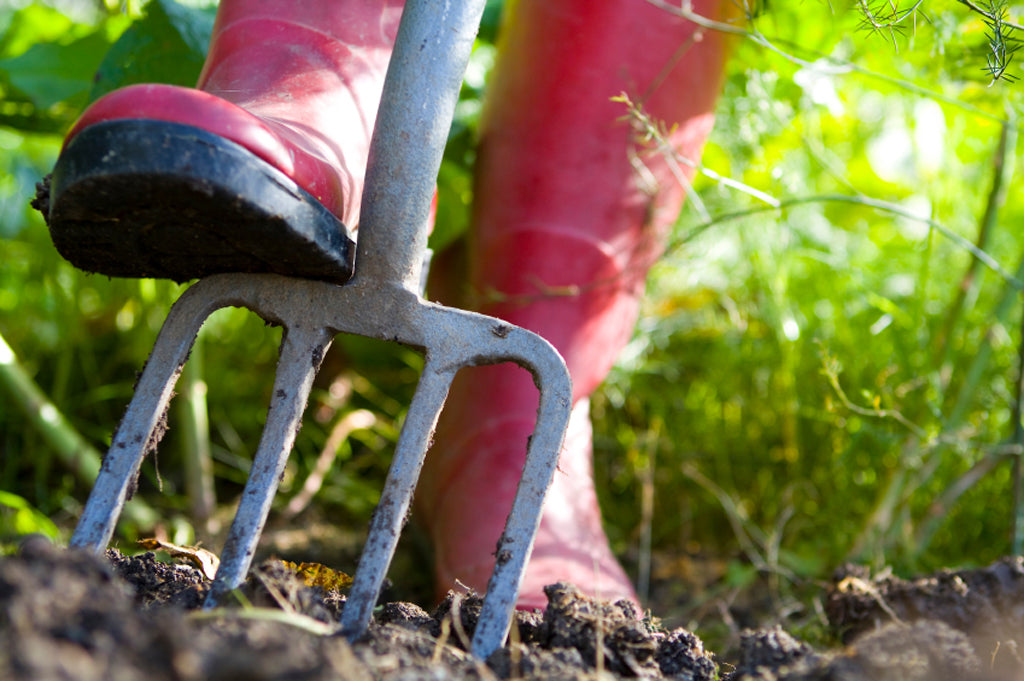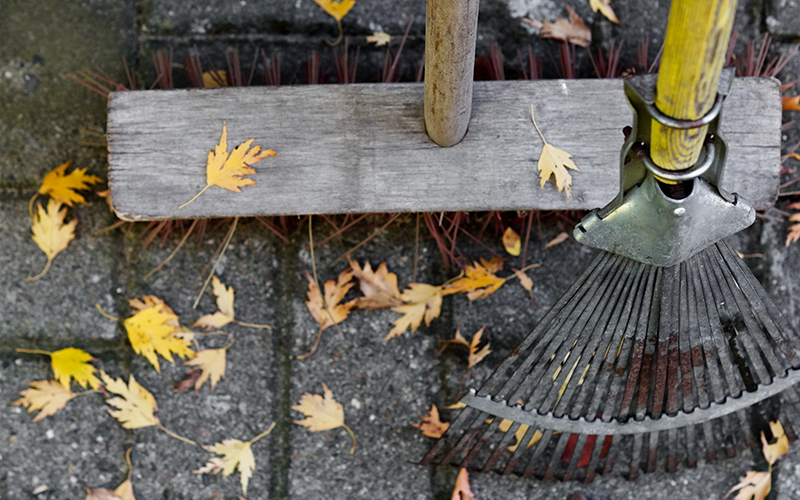
Garten winterfest machen: Schritt-für-Schritt-Anleitung für den Herbst
Wenn die Tage kürzer werden, das Licht goldener wird und sich die ersten Fröste ankündigen, beginnt für uns Gärtner eine der wichtigsten Pflegephasen des Jahres: das Winterfestmachen. Denn was jetzt gut vorbereitet wird, zahlt sich im nächsten Frühjahr aus – mit gesunden Pflanzen, intakten Geräte...
Continue reading
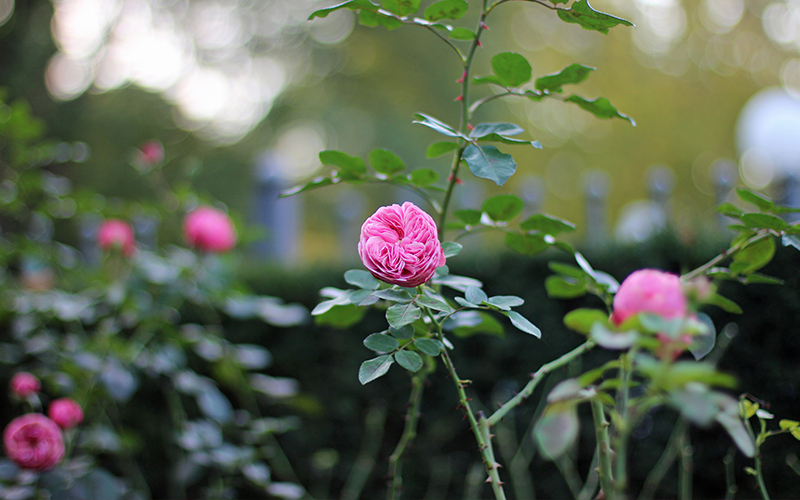
Rosenpflege im Herbst – So bereitest du deine Rosen optimal auf den Winter vor
Rosen sind winterhart – aber nicht winterfest. Damit deine Rosen gesund durch die kalte Jahreszeit kommen und im nächsten Jahr mit kräftigem Wuchs und üppiger Blüte begeistern, ist die richtige Herbstpflege entscheidend. Der Herbst bietet die perfekte Gelegenheit, deine Rosenpflanzen auf den Wint...
Continue reading

Gartentipps für den Ziergarten im Dezember
Im Dezember wird es still im Garten. Frost, kurze Tage und erste Schneefälle lassen die Natur zur Ruhe kommen. Doch auch jetzt gibt es für Gartenfreunde kleine Aufgaben und schöne Rituale: Winterschutz kontrollieren, Vögel füttern, Immergrünes dekorieren oder einfach die winterliche Struktur im G...
Continue reading
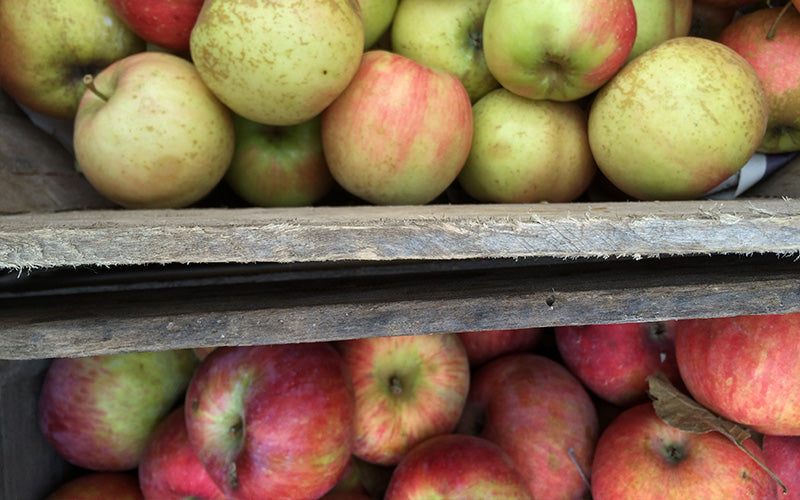
Äpfel richtig lagern – So bleibt die Apfelernte lange frisch
Der Herbst ist Apfelzeit – jetzt hängen die Bäume voll reifer Früchte. Ob im eigenen Garten geerntet oder vom Wochenmarkt mitgenommen: Wer seine Äpfel richtig lagert, kann sie noch Monate nach der Ernte genießen.
In diesem Beitrag erfährst du, wie du Äpfel richtig aufbewahrst, welche Sorten beson...
Continue reading
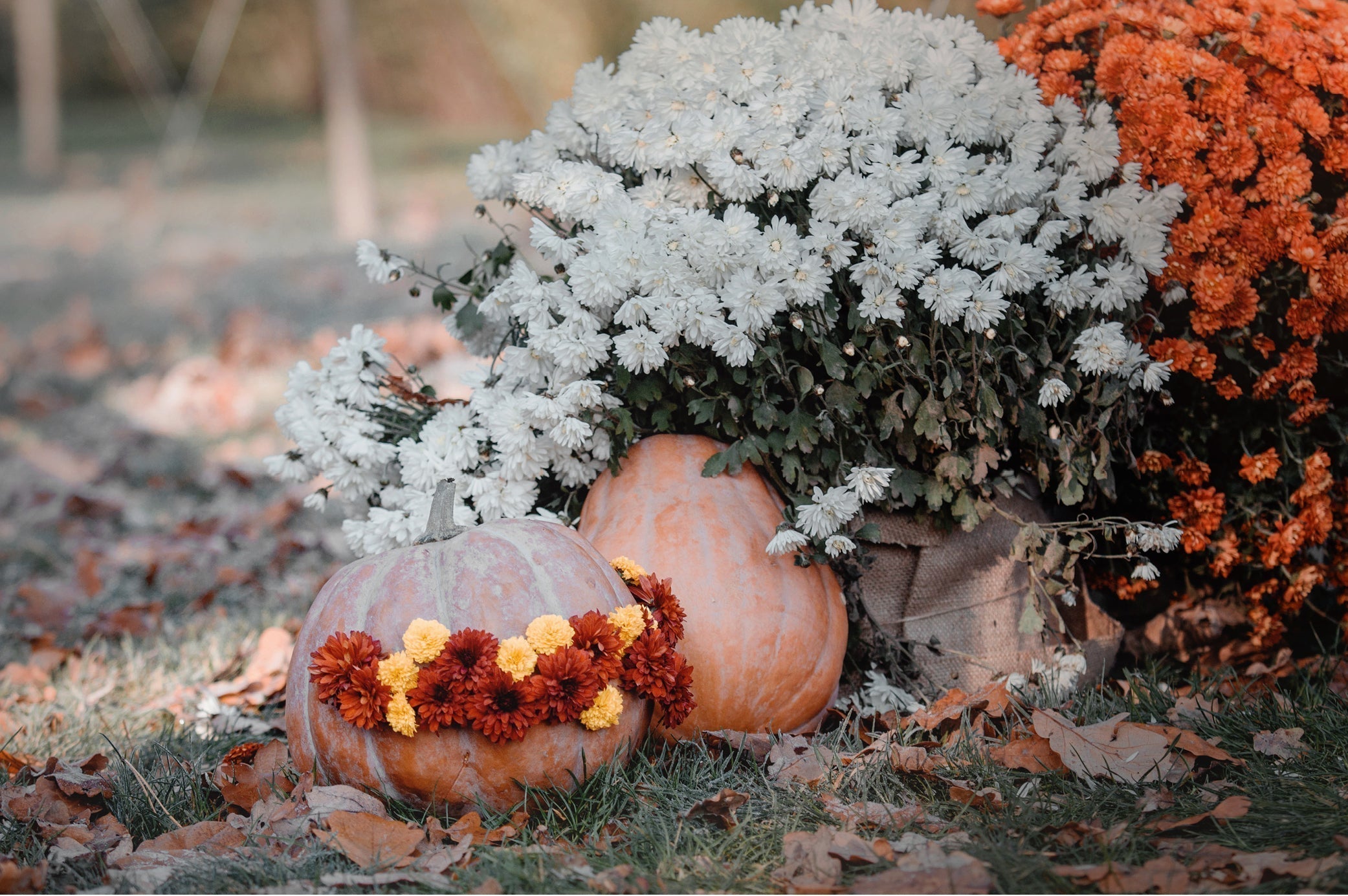
Gartentipps für den Ziergarten im November
Im November verändert sich das Bild im Garten spürbar: Die Farben werden gedämpfter, viele Stauden ziehen sich zurück, und der erste Frost kündigt den nahenden Winter an. Jetzt geht es weniger um Blütenfülle, sondern um Schutz, Struktur und die Vorbereitung auf das kommende Frühjahr. Wer jetzt no...
Continue reading
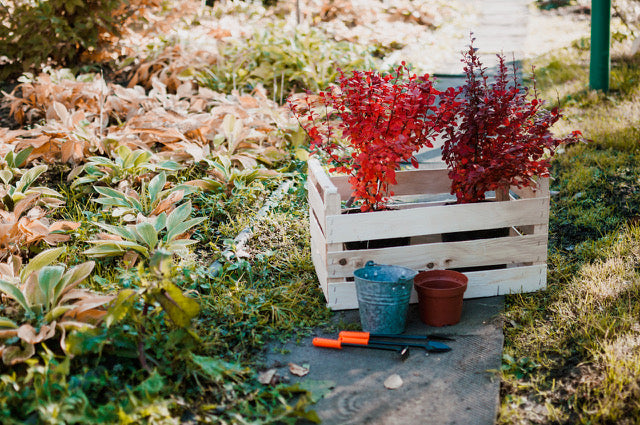
Gartentipps für den Ziergarten im Oktober
Der Oktober kleidet den Garten in warmes Gold und leuchtendes Rot – doch hinter der Farbenpracht beginnt bereits die Zeit der Vorbereitung. Viele Pflanzen ziehen sich zurück, andere dürfen jetzt noch in die Erde, und mit etwas Pflege legst du den Grundstein für einen blühenden Frühling. Pflanzung...
Continue reading
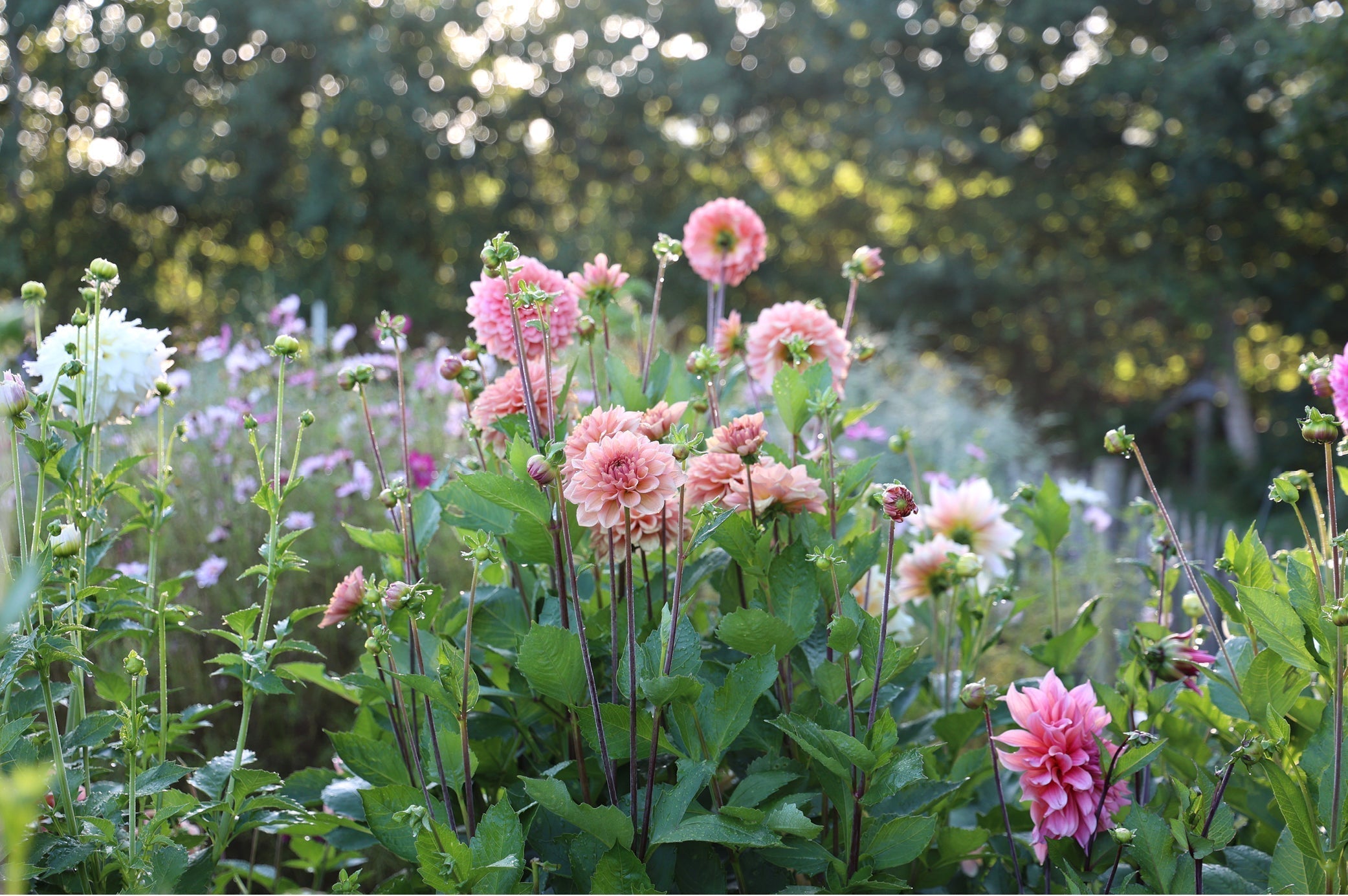
Gartentipps für den Ziergarten im September
Im September zeigt sich der Garten noch einmal von seiner farbenprächtigen Seite: Astern, Dahlien und Herbstanemonen bringen frische Blütenfülle, während die ersten Blätter fallen und der Herbst spürbar wird. Jetzt ist die ideale Zeit, um Stauden zu pflanzen, Blumenzwiebeln zu setzen und deinen G...
Continue reading
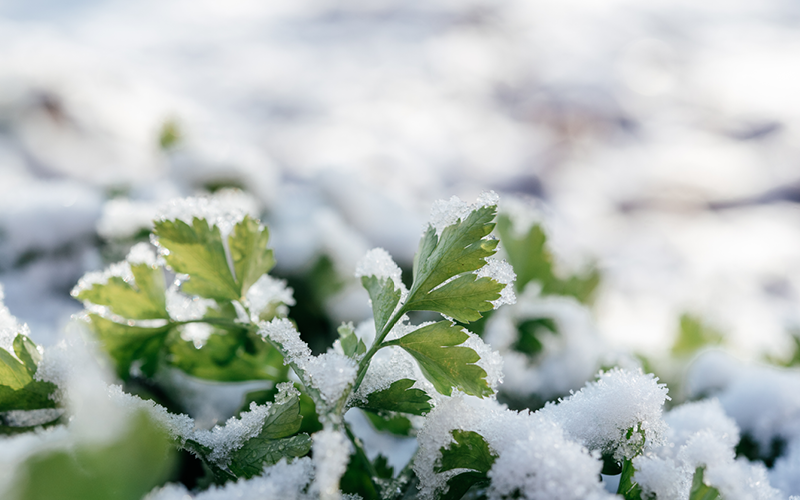
Gardening tips for the vegetable garden in December
In December, peace returns to the garden—but that doesn't mean there's nothing left to do. The last gardening month of the year is ideal for checking supplies, tending trees, helping birds, and laying the groundwork for the coming gardening season. With a little attention, your vegetable garden ...
Continue reading
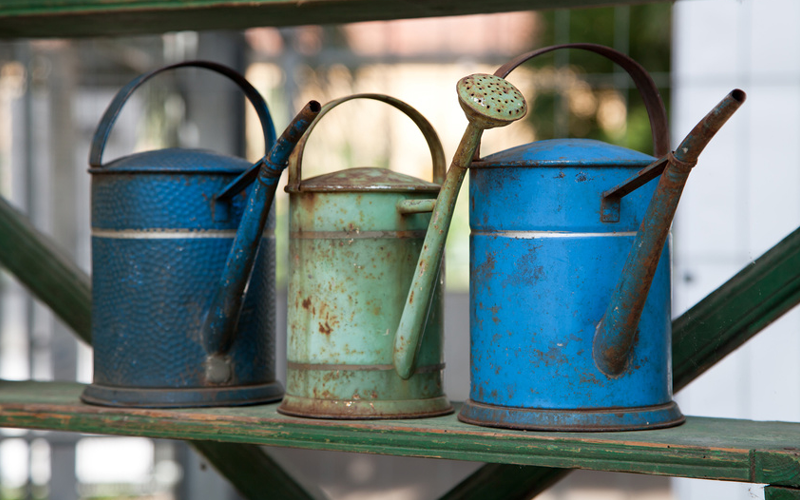
Gardening tips for the vegetable garden in November
In November, the garden slowly goes into hibernation – but the vegetable garden isn't completely at rest yet. Now is the perfect time to harvest the last of your crops, protect your plants, and winterize your garden. With a little preparation, you can create optimal conditions for the next seaso...
Continue reading
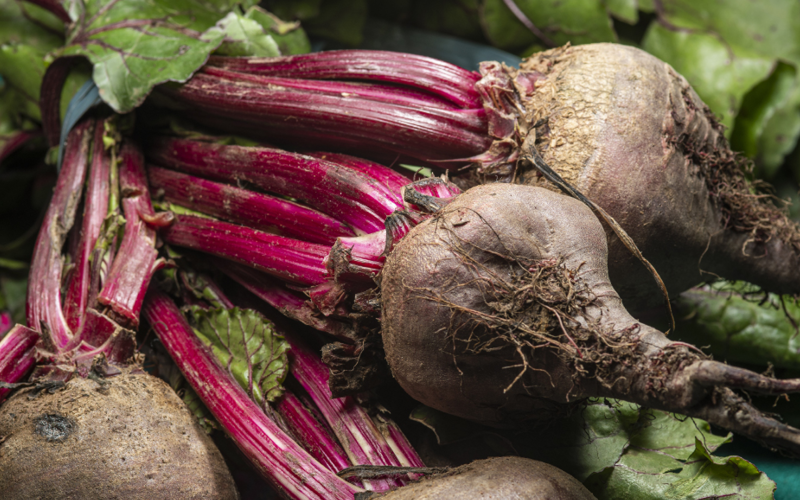
Gardening tips for the vegetable garden in October
October is a month of transition: The nights are getting cooler, the days are getting shorter—and the last big harvest is coming up in the vegetable garden. At the same time, preparations for winter begin. Staying active in October will ensure healthy plants, full pantries, and a good start to t...
Continue reading
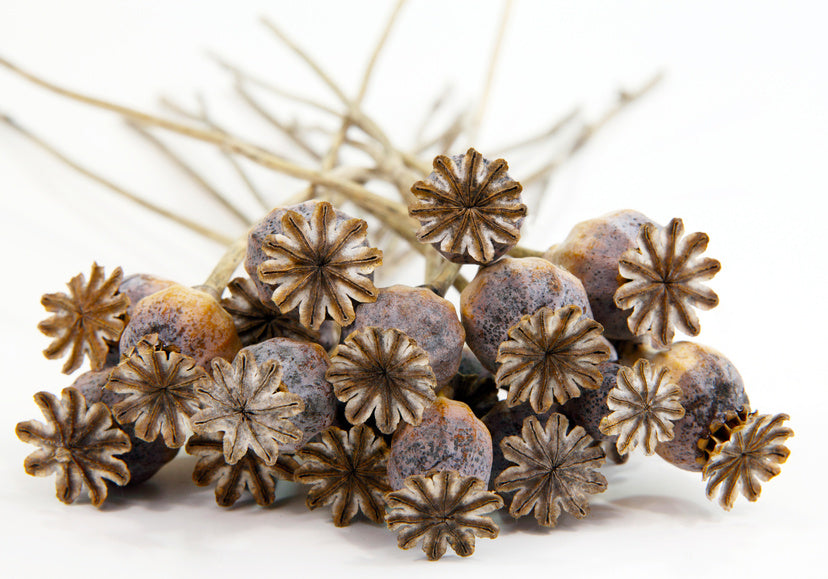
Plant seeds – collect, dry & decorate
Many garden plants are still adorned with pretty seed heads. Harvest these little wonders of nature – it's worth it! You can obtain seeds for next season at no cost, and some bizarre structures are perfect for autumnal decorative arrangements with a natural look.
Continue reading
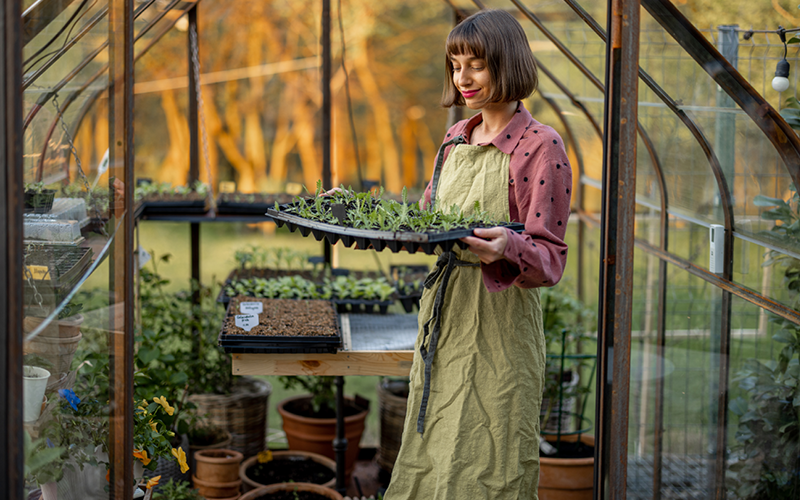
Gardening tips for the vegetable garden in September
In September, the transition from late summer to autumn begins in the garden – and this is also reflected in the vegetable garden: Harvesting, planting, tending, and already thinking about the cooler months ahead. Now is the time to garden ahead: Many crops can still be sown, while others requir...
Continue reading
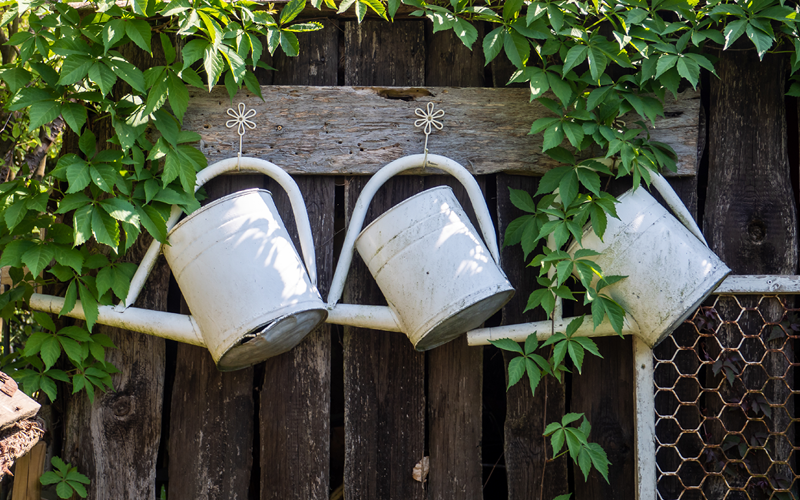
Gartentipps für den Ziergarten im August
Der August bringt warme Tage, kräftige Farben und intensive Düfte – der Hochsommer zeigt sich in voller Pracht. Während du deinen Garten genießen kannst, ist auch jetzt Pflege gefragt: Verblühtes entfernen, zurückschneiden, wässern und an die kommende Saison denken. Mit gezieltem Handeln bleibt d...
Continue reading
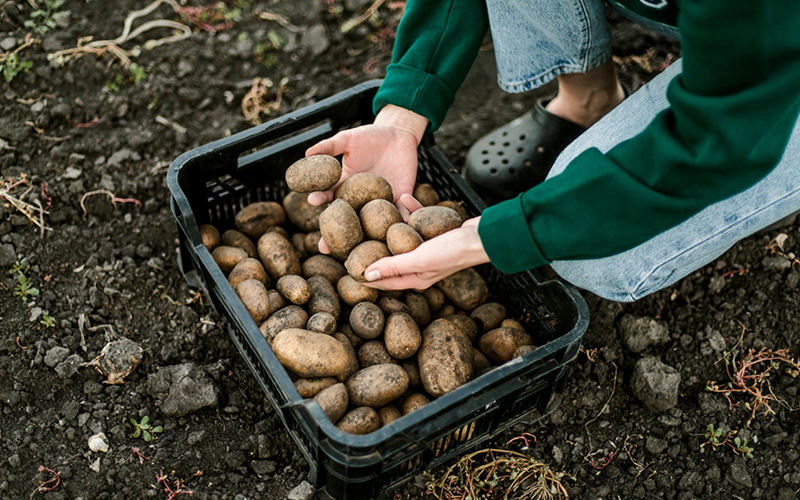
Gardening tips for the vegetable garden in August
August is a month full of life in the vegetable garden: harvest time, tending, and new sowings are all on the agenda. While many crops are now ripe, you can also start thinking about the next season. To help you maximize your garden's potential, here are the most important gardening tips for thi...
Continue reading
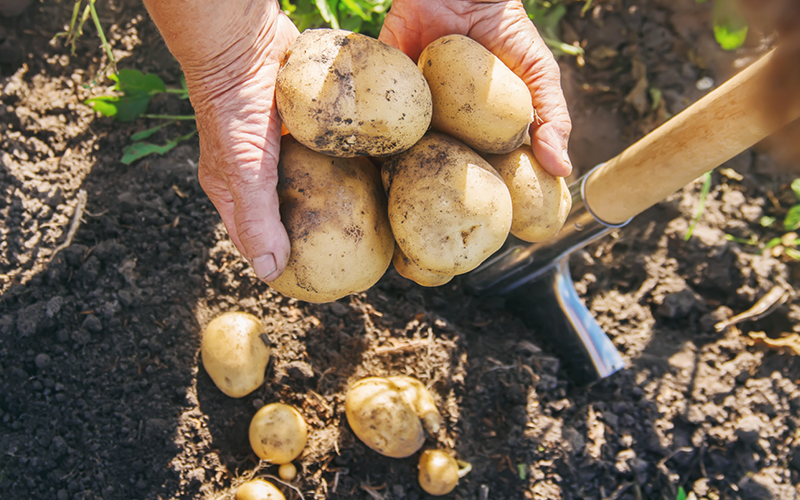
Gardening tips in July: Care, harvest and reseeding in midsummer
In July, the vegetable garden is in full bloom – many vegetables and fruits are ready for harvest, while others still need tending and reseeding. Now is the time for plenty of activity in the garden: checking, watering, pruning, planting – and enjoying. With these tips, your vegetable garden wil...
Continue reading
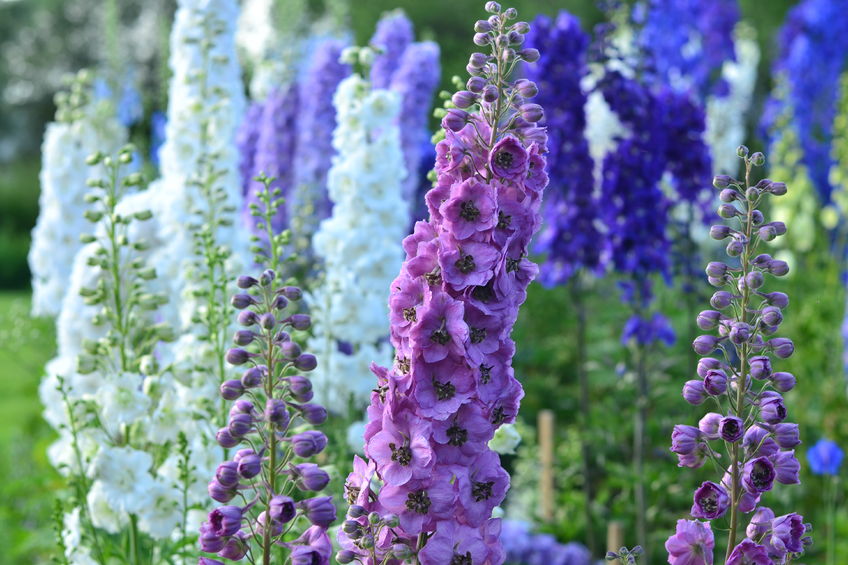
Gardening tips in July: Ornamental garden
Summer is the most wonderful time of the year. The garden has become an outdoor room, vacation is just around the corner, and yet there are still a few things that need to be done beforehand. With our gardening tips, the most important things can be done quickly. A bit of flower pruning is due, t...
Continue reading
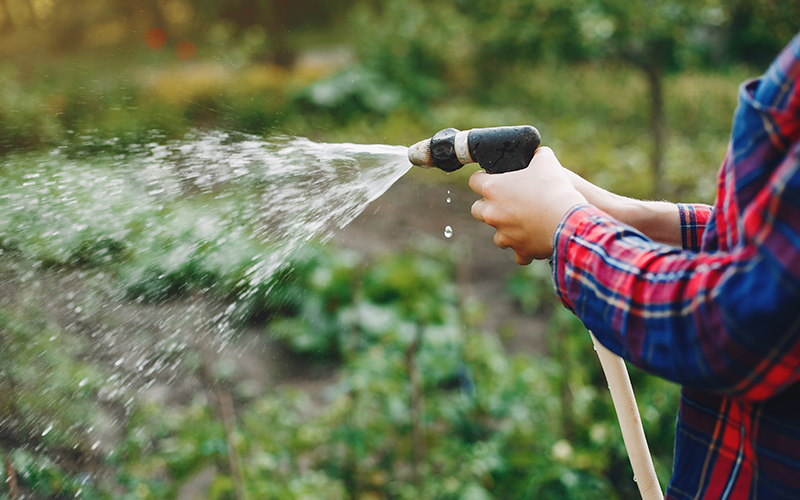
Gartenpflege im Hochsommer - So überstehen deine Pflanzen die Sommerhitze
Der Hochsommer bringt nicht nur Sonne satt, sondern auch große Herausforderungen für deinen Garten: extreme Hitze, Trockenheit und verdunstungsreiche Tage setzen Pflanzen stark unter Stress. Damit dein Garten auch im Juli und August üppig grün und gesund bleibt, kommt es auf die richtige Gartenpf...
Continue reading
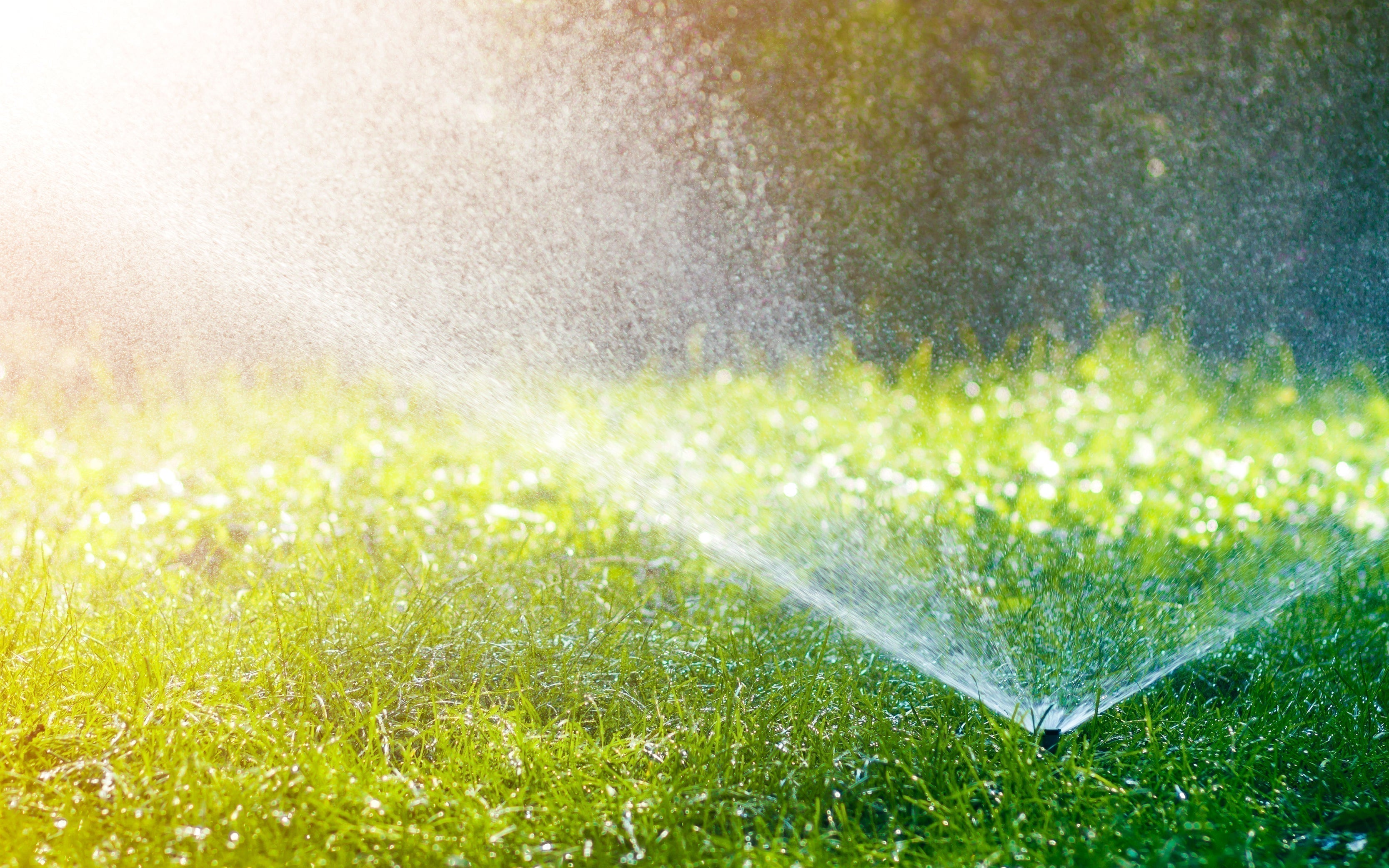
Rasen richtig wässern im Sommer – So bleibt dein Rasen grün trotz Hitze
Braune Flecken, verbrannte Halme, harte Böden: Der Rasen leidet im Sommer oft besonders unter Hitze und Trockenheit. Doch keine Sorge – mit dem richtigen Gießverhalten bleibt dein Grün gesund, widerstandsfähig und du sparst dabei sogar Wasser. In diesem Beitrag erfährst du, wann, wie oft und wie ...
Continue reading

Garten gießen im Sommer – Die besten Tipps für heiße Tage & gesunde Pflanzen
Im Sommer wird das richtige Gießen im Garten zur Schlüsselaufgabe. Viele Gärtner gießen falsch – zu oft, zur falschen Zeit oder an den falschen Stellen. Das kostet nicht nur Wasser, sondern stresst auch Pflanzen, Boden und Klima. Hier findest du die besten Gießtipps für heiße Tage: nachhaltig, ef...
Continue reading
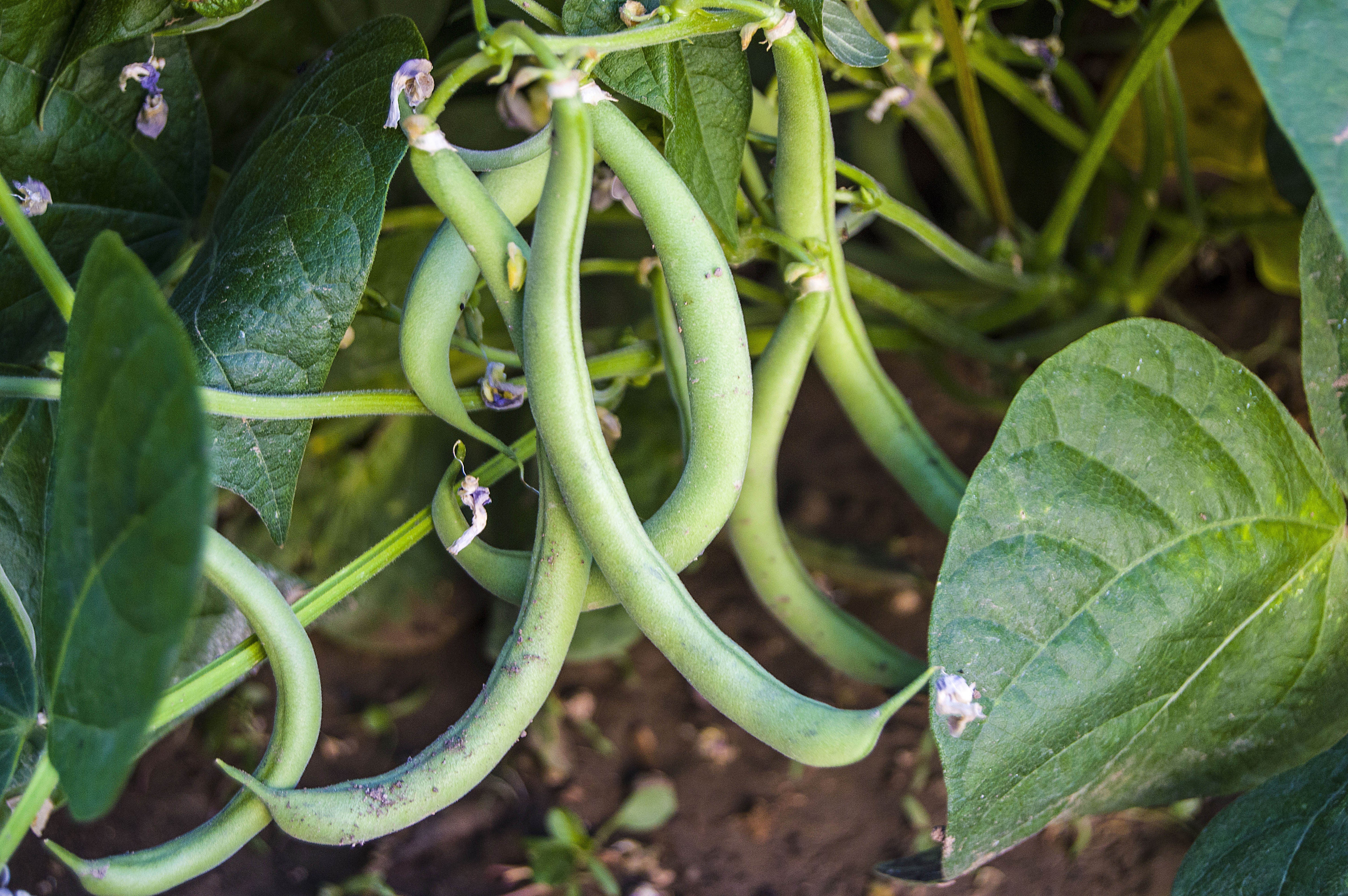
Gemüse nachsäen für die Spätsommer-Ernte: Frische Vielfalt auch in der zweiten Saisonhälfte
Wenn das Beet im Hochsommer leerer wird und erste Kulturen wie Salat, Erbsen oder frühe Möhren geerntet sind, stellt sich oft die Frage: War’s das schon für dieses Jahr? Keineswegs! Mit der richtigen Planung lässt sich noch bis in den Juli und sogar August hinein Gemüse nachsäen, das im Spätsomme...
Continue reading

Kräuter trocknen & konservieren – So bleiben Aroma und Geschmack erhalten
Wer seine Kräuter liebevoll im Garten oder auf dem Balkon anbaut, möchte auch im Winter nicht auf deren herrlichen Geschmack verzichten. Mit der richtigen Methode lassen sich Kräuter trocknen und konservieren, sodass Aroma, Inhaltsstoffe und Farbe bestmöglich erhalten bleiben. In diesem Beitrag e...
Continue reading
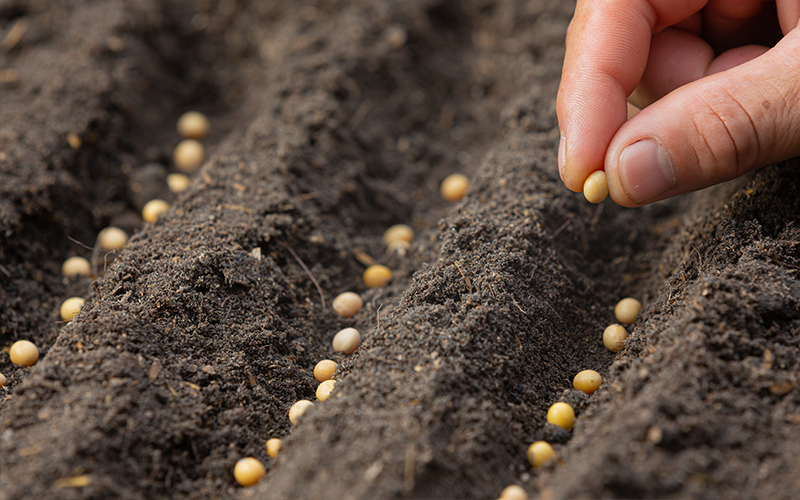
DIY Direktsaat: So gelingt das Aussäen ohne Umweg
Du möchtest dir Arbeit sparen und trotzdem üppige Blüten oder gesundes Grün im Garten oder auf dem Balkon genießen? Dann ist die Direktsaat genau das Richtige für dich. Sie eignet sich perfekt für Pflanzen, die leicht keimen – egal ob im Topf, Beet oder Balkonkasten.
Damit die Direktsaat funktion...
Continue reading

Aussaat leicht gemacht: So gelingt der Start in die Gartensaison
Das lange Warten hat ein Ende! Jetzt ist der perfekte Moment gekommen, um mit der Aussaat von Gemüse und Sommerblumen loszulegen. Ob auf der Fensterbank, im Gewächshaus oder später direkt im Beet – mit dem richtigen Saatgut und ein wenig Vorbereitung legst du den Grundstein für eine ertragreiche ...
Continue reading

Gardening tips in June: How to make your vegetable garden bloom
In June, the gardening year reaches its full potential. Everything is growing, blooming, and already bearing its first fruits. But to prevent the vegetable garden from getting out of control, it needs to be cared for – and new sowings and plantings are also on the agenda. With these tips, you ca...
Continue reading
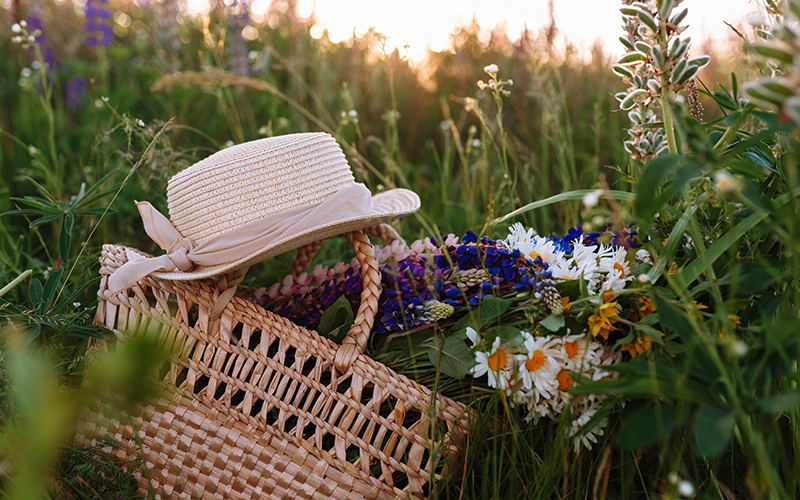
Midsommar in Deutschland – Sommeranfang feiern wie in Skandinavien
Der Sommeranfang rund um den 21. Juni ist nicht nur der längste Tag des Jahres, sondern auch ein Anlass zum Feiern – besonders in Skandinavien, wo der Midsommar (auch Mittsommer genannt) eines der wichtigsten Feste des Jahres ist. Doch auch bei uns in Deutschland wächst die Begeisterung für diese...
Continue reading
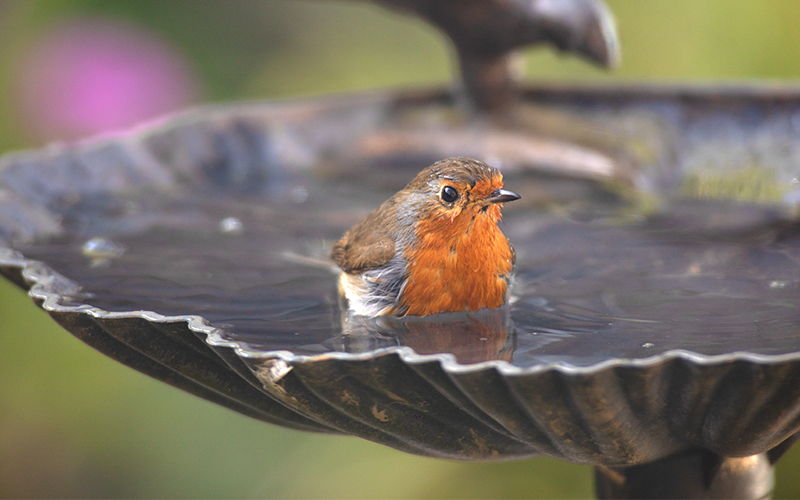
Wasserstellen für Vögel, Igel & Co. – Kleine Oasen für den Garten anlegen
Nicht nur wir Menschen sehnen uns im Sommer nach Erfrischung – auch Wildtiere wie Vögel, Igel, Bienen oder Eichhörnchen sind auf Wasser angewiesen. In immer trockener werdenden Sommermonaten wird es für sie jedoch zunehmend schwer, geeignete Trink- und Badeplätze zu finden. Mit einfachen Mitteln ...
Continue reading
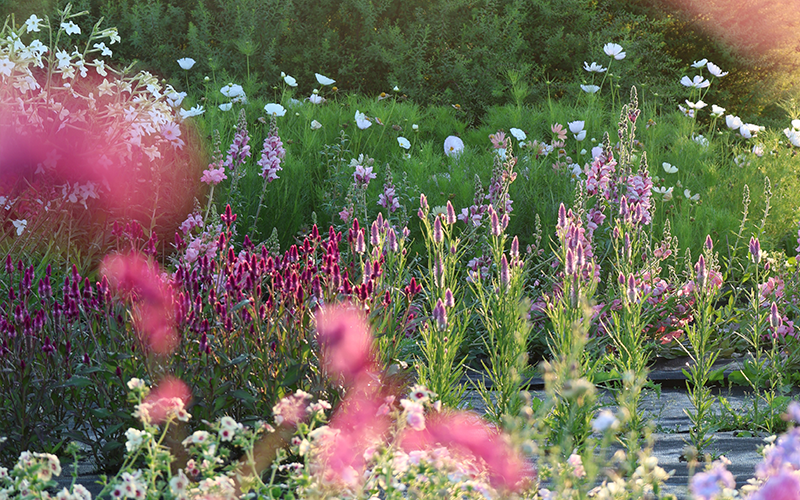
Einjährige Sommerblumen pflegen – So blühen sie den ganzen Sommer
Einjährige Sommerblumen bringen Farbe, Frische und Lebensfreude in Deinen Garten, auf den Balkon oder die Terrasse. Damit sie den ganzen Sommer über in voller Pracht blühen, brauchen sie regelmäßige Pflege. In diesem Beitrag zeigen wir Dir, wie Du einjährige Sommerblumen richtig pflegst – vom Dün...
Continue reading

Rosenpflege - Tipps für üppige Blüten & gesunde Pflanzen – so gelingt’s!
Rosen zählen zu den beliebtesten Gartenpflanzen – und das zurecht: Ihre Vielfalt, ihr Duft und ihre prachtvollen Blüten machen sie zu wahren Schmuckstücken im Beet, am Spalier oder im Kübel. Damit Rosen über Jahre hinweg gesund, vital und reich blühend bleiben, benötigen sie allerdings die richti...
Continue reading
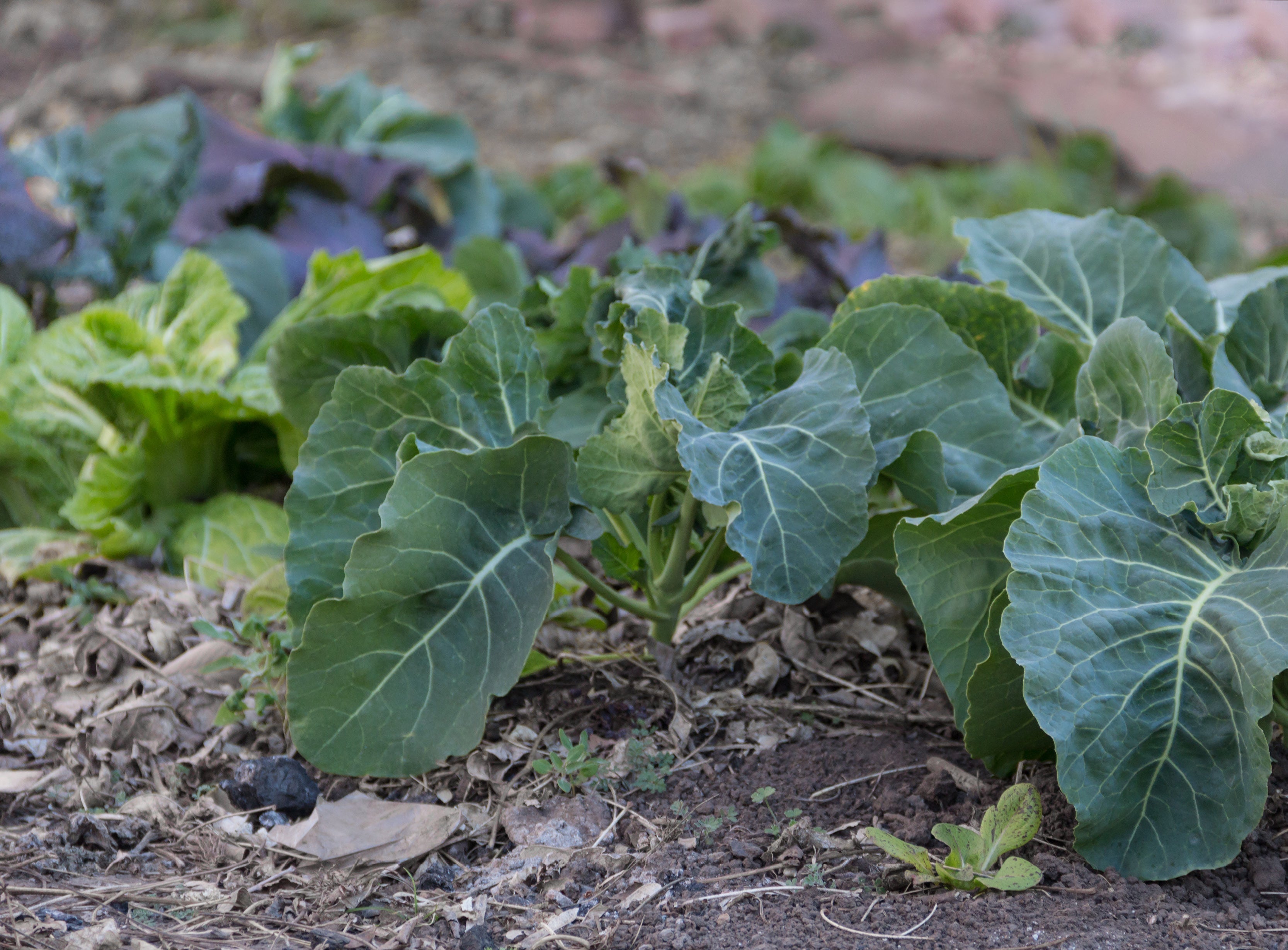
Winterkohl anbauen – So versorgst Du Dich auch im Winter mit frischem Gemüse
Du möchtest auch in der kalten Jahreszeit frisches Gemüse aus dem eigenen Garten ernten? Dann ist Winterkohl genau das Richtige für Dich! Ob Grünkohl, Rosenkohl oder Palmkohl – diese robusten Kohlsorten trotzen Frost und Kälte. Hier erfährst Du alles rund um Aussaat, Pflege und Ernte von Winterkohl.
Continue reading
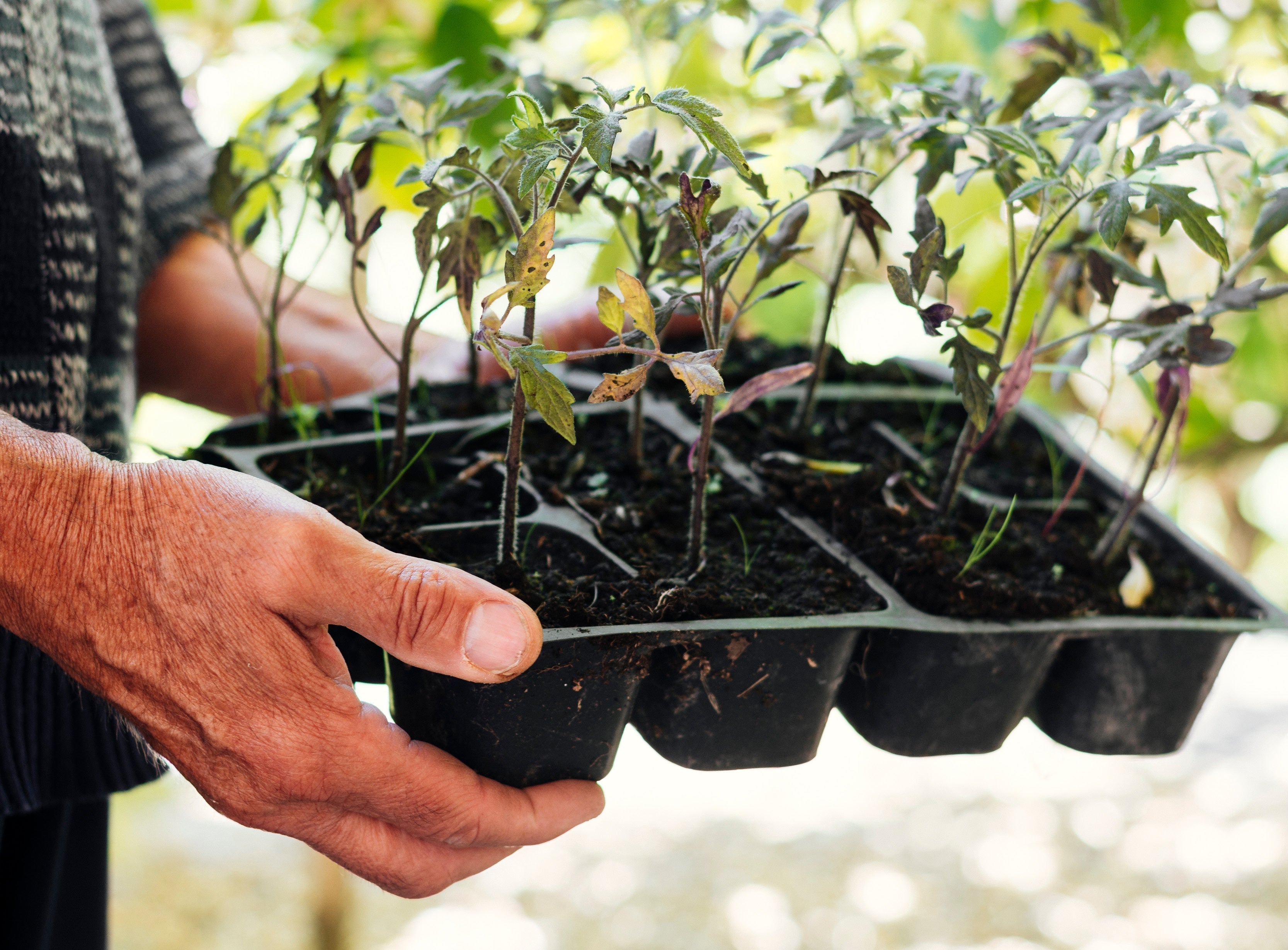
Jungpflanzen abhärten – So gewöhnst Du Gemüse und Sommerblumen an das Leben im Freiland
Du hast fleißig vorgezogen und Deine Jungpflanzen stehen in den Startlöchern? Dann wird es Zeit, sie ans Leben draußen zu gewöhnen. Hier erfährst Du, wie Du Gemüse und Sommerblumen richtig abhörtest und damit die Grundlage für gesunde, robuste Pflanzen schaffst.
Continue reading
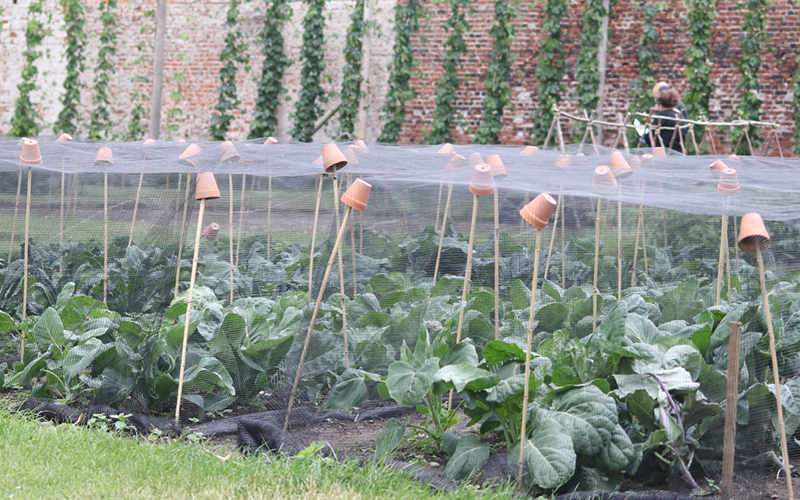
Gardening tips in May: How to make your vegetable garden bloom
May is the big kickoff for the gardening year. With longer days, warmer temperatures, and fertile soil, now is the perfect time to get started in your vegetable garden. Planting, sowing, tending, harvesting—this month brings life to your beds. With the following tips, you can plan your vegetable...
Continue reading

Gartentipps für den Ziergarten im Juni
Im Juni zeigt sich der Garten in voller Sommerpracht. Rosen blühen verschwenderisch, Stauden stehen in Bestform, und auch die ersten Samenstände sind da. Jetzt heißt es: pflegen, genießen – und schon ein bisschen an später denken. Denn was du jetzt an Pflege investierst, macht sich im Hochsommer ...
Continue reading
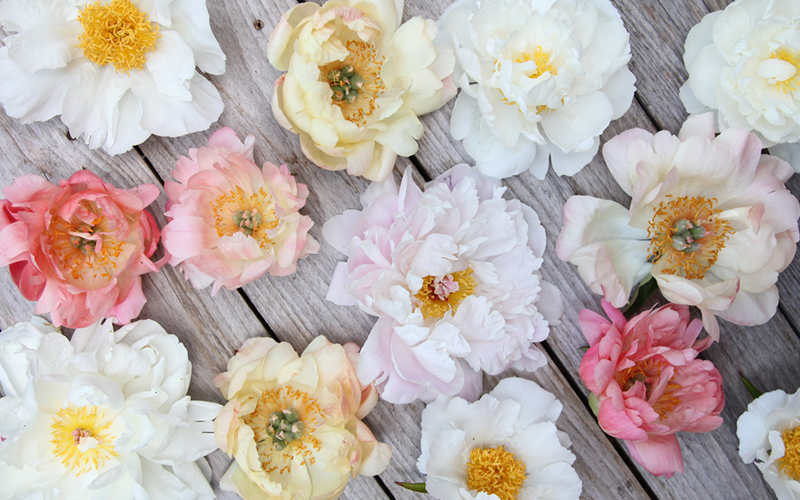
Gartentipps für den Ziergarten im Mai
Der Mai ist einer der schönsten Monate im Gartenjahr. Alles steht in voller Blüte, die Beete füllen sich, und endlich dürfen auch die empfindlichen Pflanzen dauerhaft ins Freie. Der Ziergarten zeigt jetzt seine ganze Farbenpracht – mit der richtigen Pflege, neuen Pflanzungen und ein wenig Aufmerk...
Continue reading
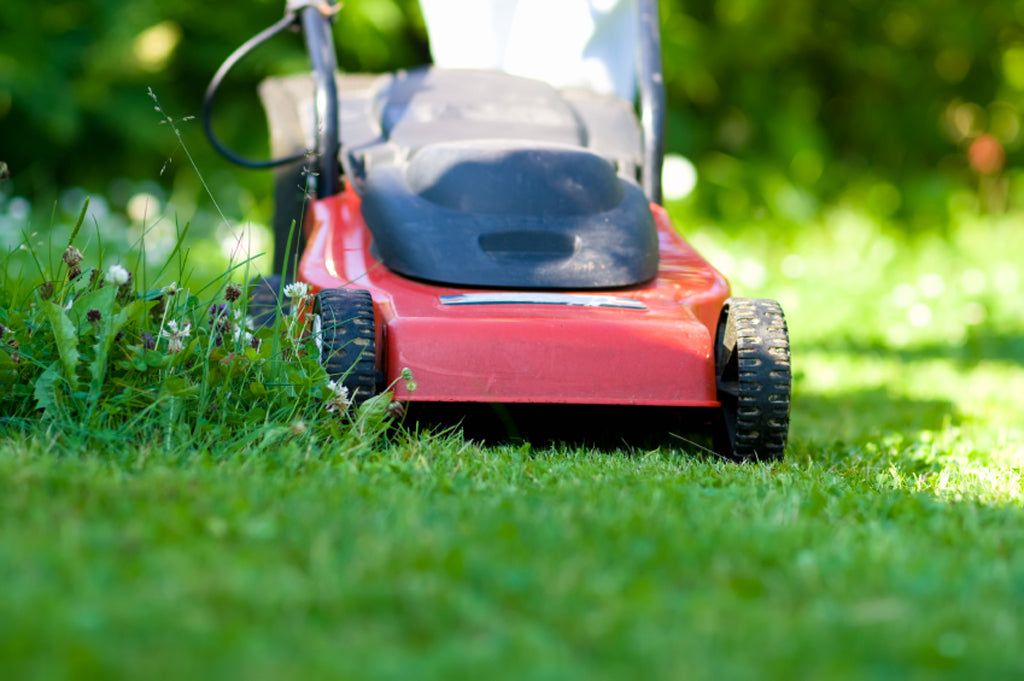
This revives tired lawns
If you want to feel like you're on the "green carpet" in summer, you should definitely do something about it in time. After winter, the lawn usually looks battered. The frost has left bare patches, and moss has thrived in the wet season and spread accordingly. Dead blades of grass cover the surfa...
Continue reading
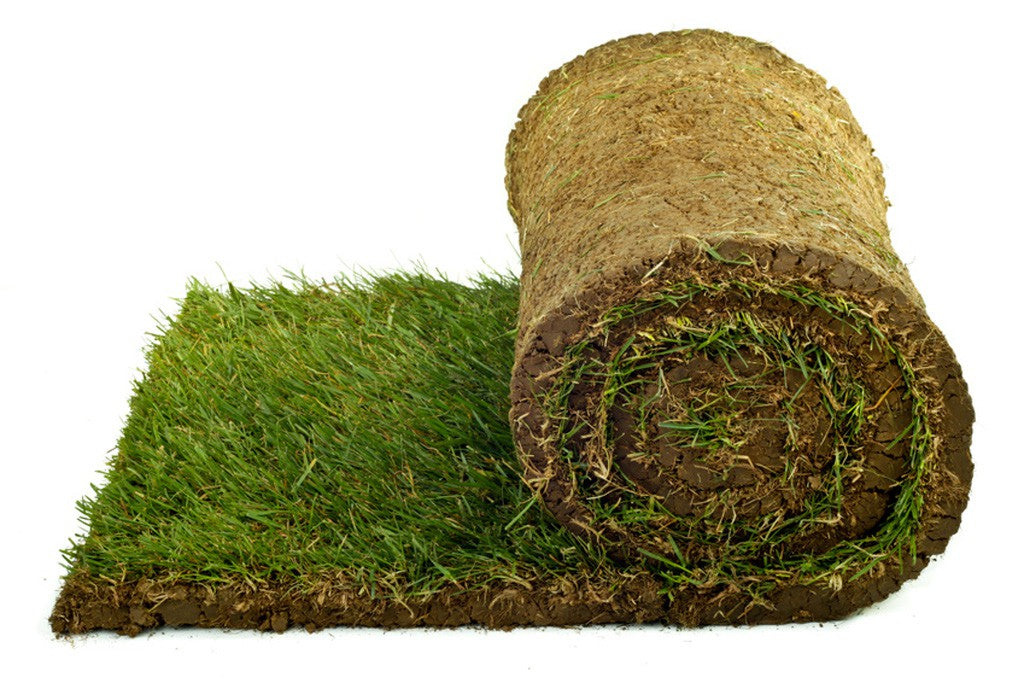
Lawn from the roll
Sowing grass is very time-consuming... the quick way to green happiness today comes from the roll.
Continue reading

